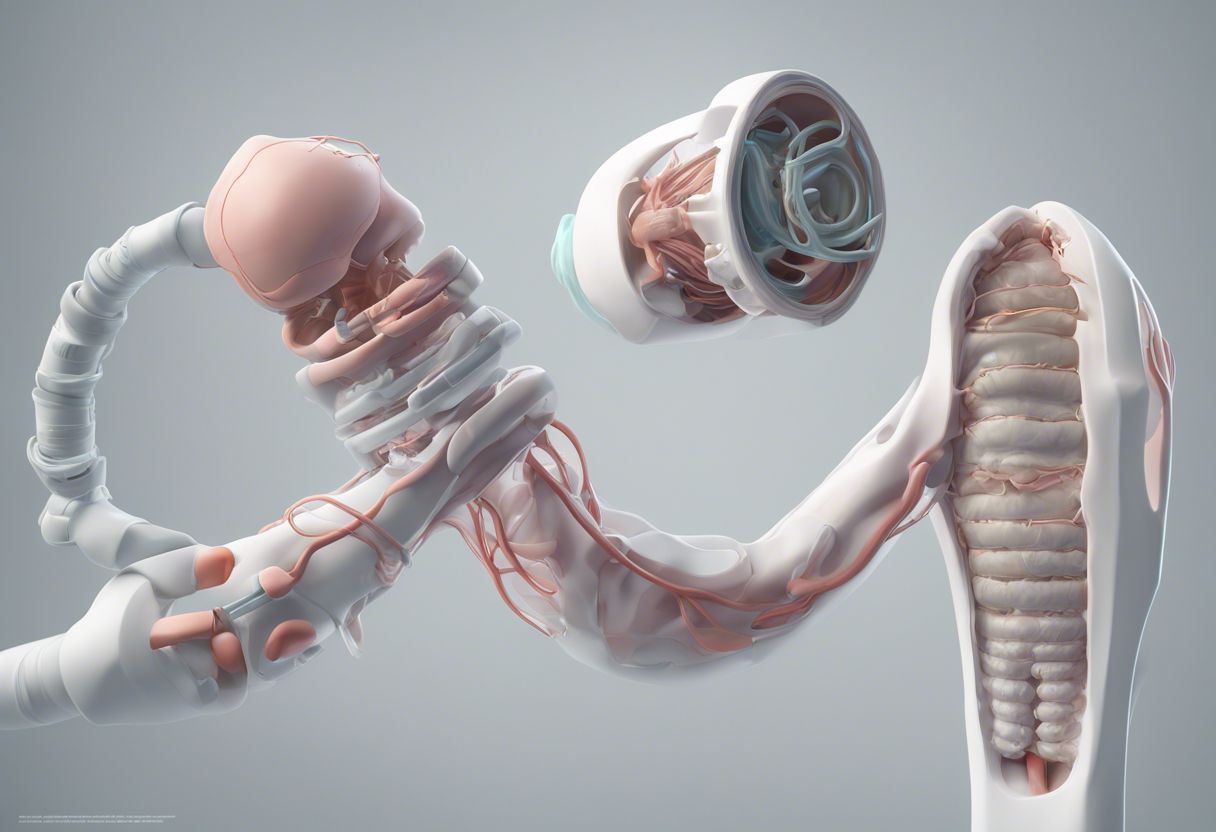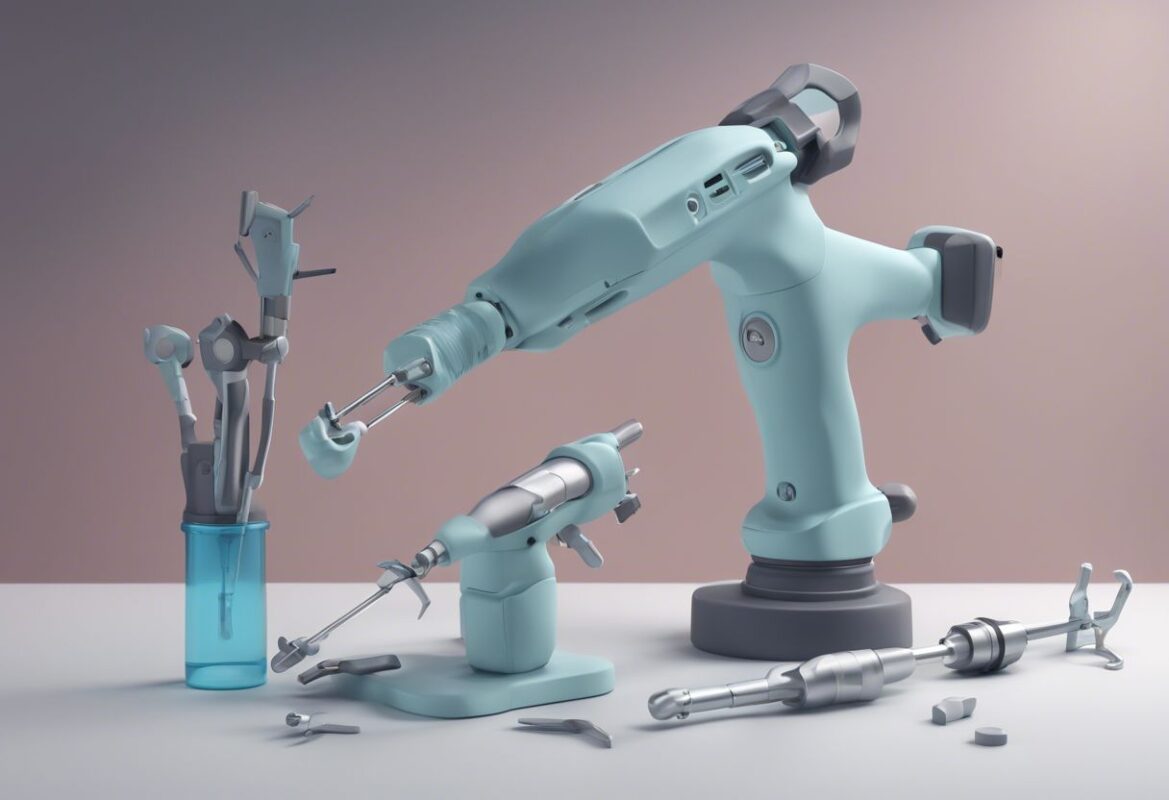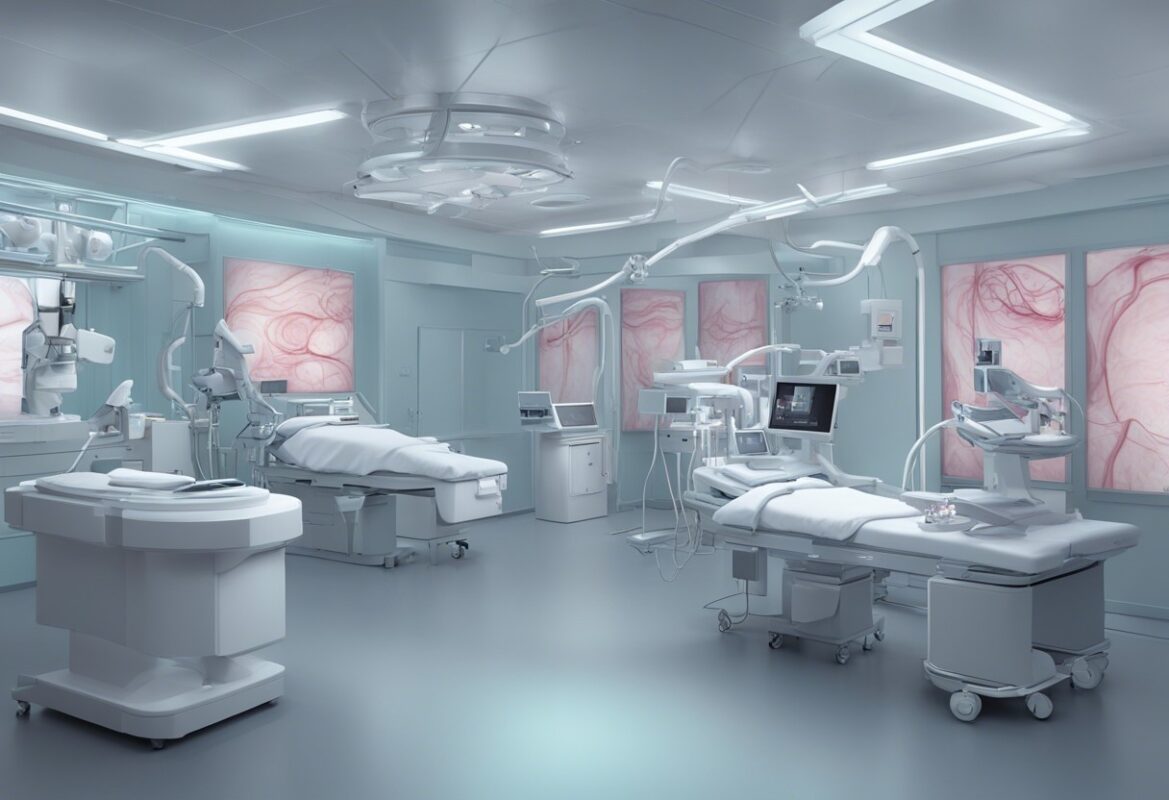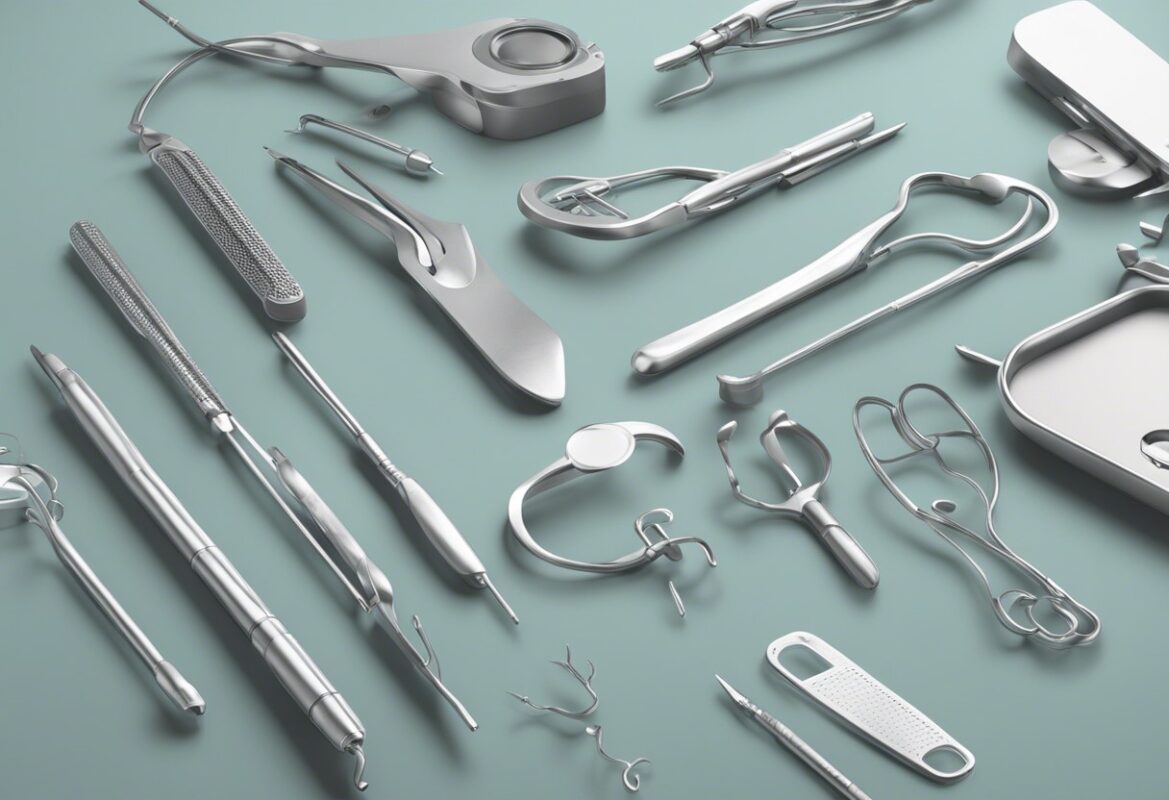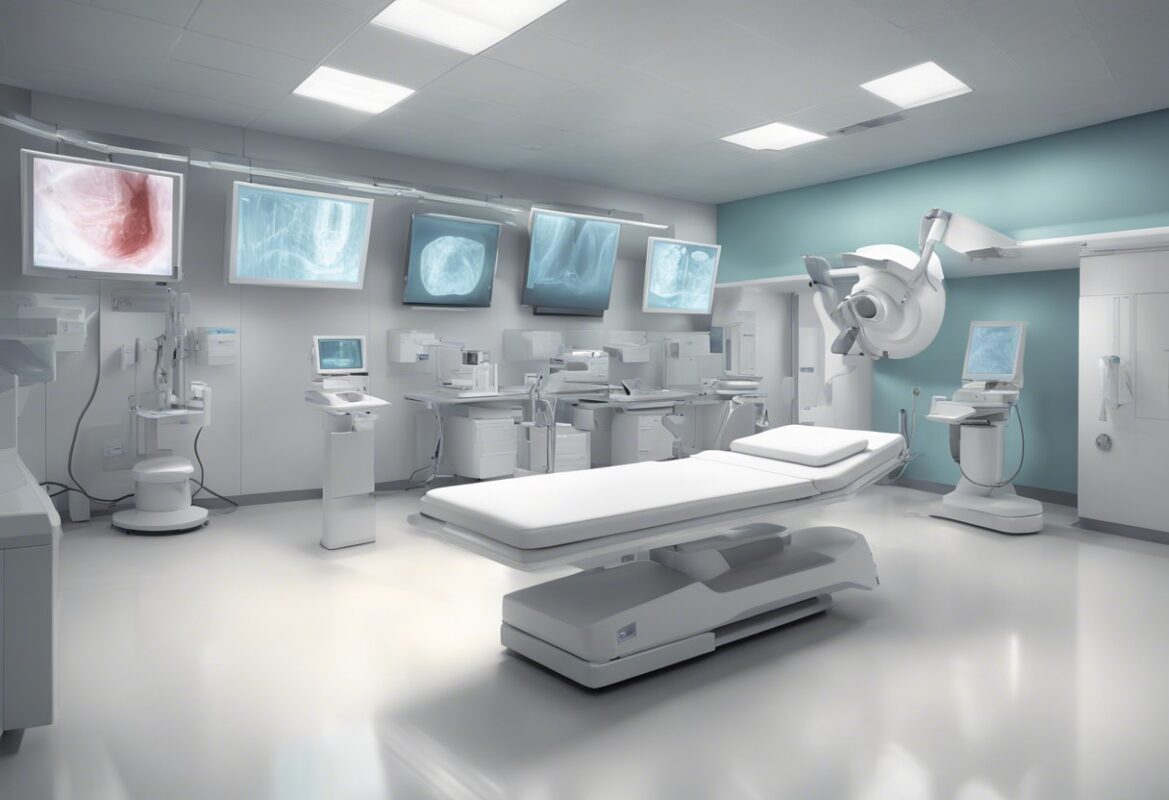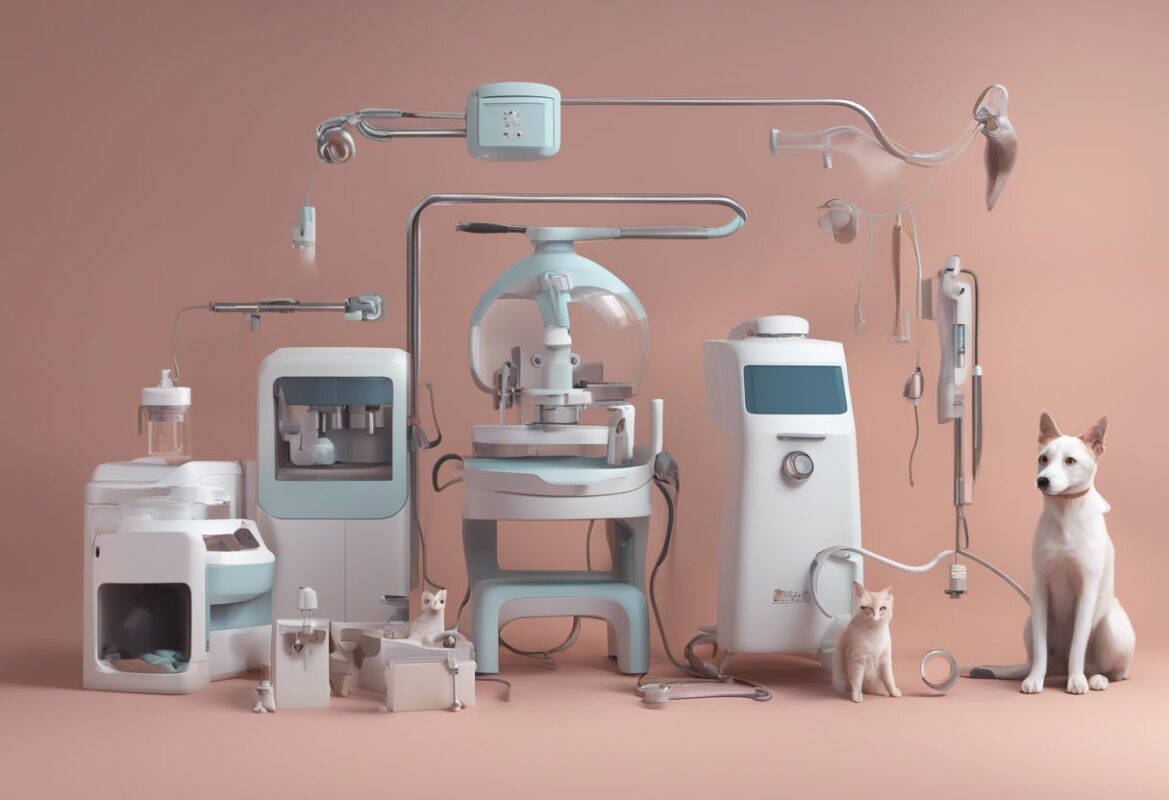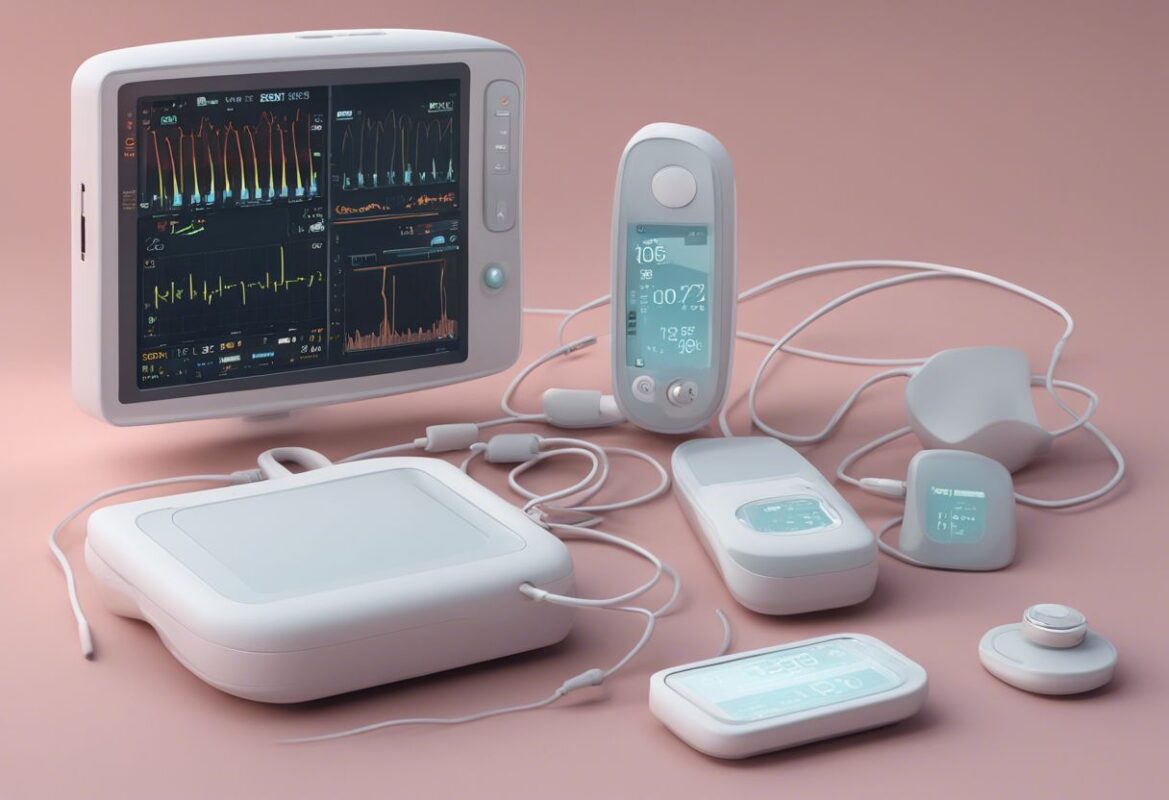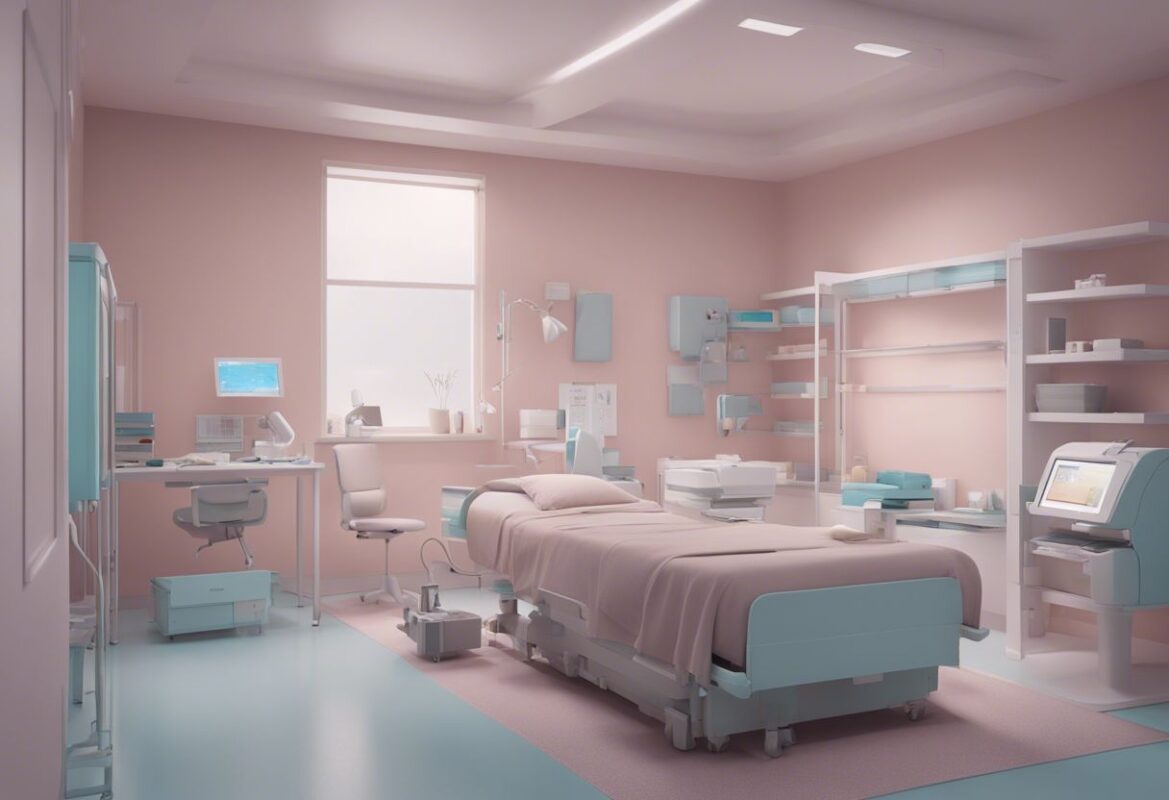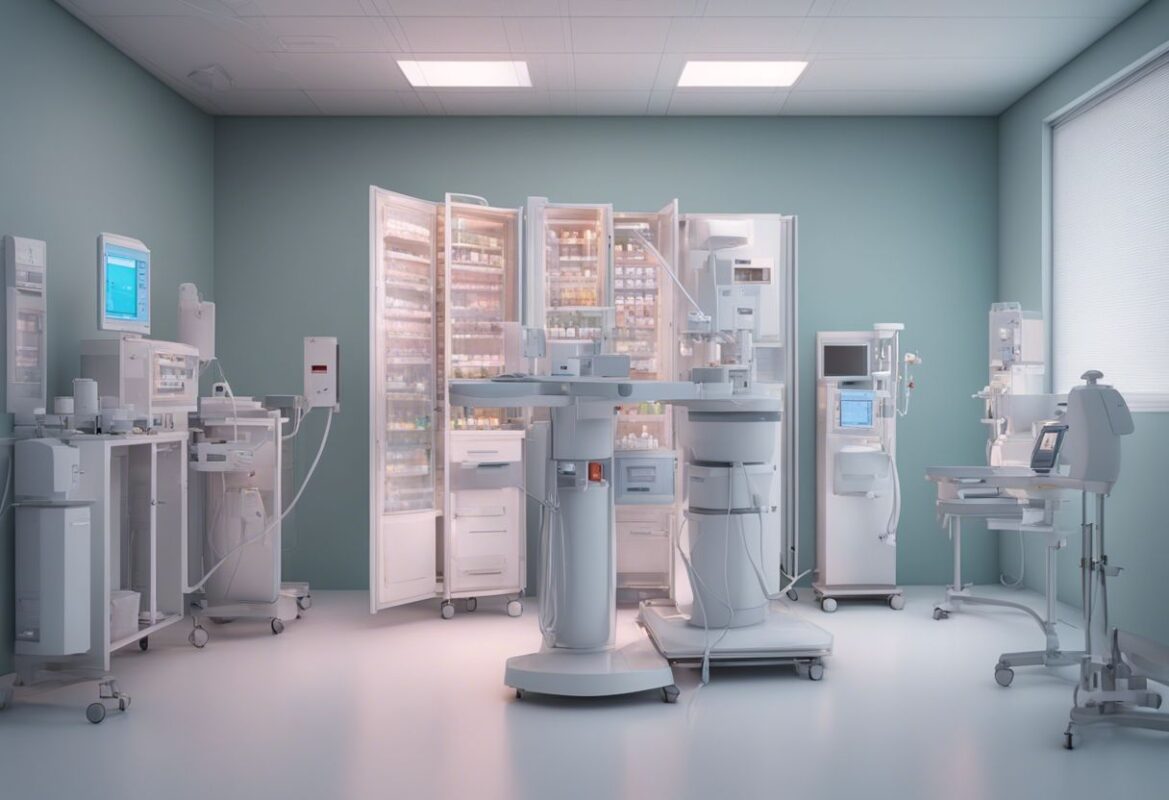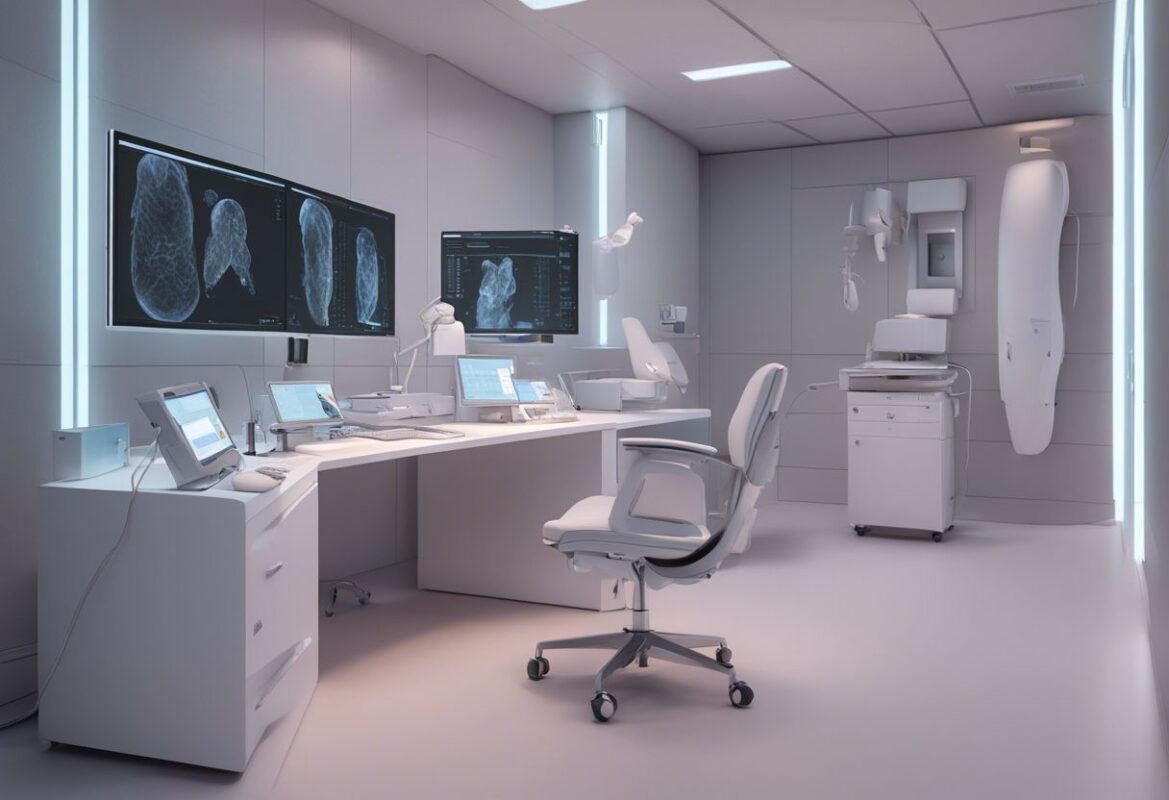Endoscopes have revolutionized the field of medicine, providing unparalleled access to the internal structures of the body without the need for invasive surgery. These versatile instruments have a broad range of applications, from diagnostic procedures to complex surgical interventions. This comprehensive guide explores the intricacies of endoscopes, their types, functions, and the critical parameters that define their performance.
What Are Endoscopes?
Endoscopes are medical devices consisting of a long, flexible tube with a light and camera attached to the end. They are designed to enter the body through natural openings or small incisions, allowing healthcare professionals to visualize and perform procedures within the body with minimal disruption to surrounding tissues.
How Do Endoscopes Work?
The primary function of an endoscope is to provide a visual representation of the internal organs. This is achieved through a combination of illumination, imaging, and sometimes, the integration of tools for therapeutic interventions. Here’s a closer look at the key components and how they work together:
Key Components of Endoscopes
- Insertion Tube: This flexible or rigid tube is inserted into the body. Its flexibility is crucial for navigating through the twists and turns of the body’s anatomy.
- Light Source: High-intensity light is transmitted through fiber optics or LEDs, illuminating the internal structures to provide a clear view.
- Camera: The camera captures real-time images, which are transmitted to an external monitor, allowing doctors to observe and diagnose conditions.
- Control Handle: This part of the endoscope is used to manipulate the direction and movement of the insertion tube, providing precise control during procedures.
- Accessory Channel: This channel allows for the insertion of surgical instruments or other devices, enabling therapeutic interventions such as biopsies, polyp removal, or stent placements.
Types of Endoscopes
Endoscopes are categorized based on their intended use and the part of the body they are designed to examine. Each type has unique features tailored to its specific applications.
Gastrointestinal Endoscopes
- Gastroscopes: Used to examine the esophagus, stomach, and duodenum. Commonly used for diagnosing ulcers, cancers, and other gastrointestinal conditions.
- Colonoscope: Designed for the examination of the colon and rectum. Essential for colorectal cancer screening and diagnosis of inflammatory bowel diseases.
- Enteroscope: Used to visualize the small intestine. It’s longer than a gastroscope and is often used to diagnose obscure gastrointestinal bleeding.
Respiratory Endoscopes
- Bronchoscope: Used to examine the airways and lungs. Vital for diagnosing lung diseases, infections, and cancers.
Urological Endoscopes
- Cystoscope: Designed to inspect the bladder and urethra. Used to diagnose bladder cancers, infections, and other urological conditions.
Arthroscopes
- Arthroscope: Used for examining and treating the joints. Commonly used in orthopedic surgeries to diagnose and repair joint damage.
Other Specialized Endoscopes
- Laparoscope: Used for abdominal and pelvic surgeries. Enables minimally invasive surgeries such as gallbladder removal and hernia repairs.
- Hysteroscope: Used to examine the inside of the uterus. Important for diagnosing and treating uterine conditions.
Main Parameters of Endoscopes
Understanding the key parameters of endoscopes is essential for optimizing their use in medical procedures. Here are the primary factors that define endoscope performance:
Diameter
- Description: The diameter of the insertion tube varies depending on the type of endoscope and its intended use. Smaller diameters are used for delicate areas like the ureters or fallopian tubes.
- Significance: Smaller diameters reduce patient discomfort and risk of tissue damage, but may limit the size of instruments that can be used.
Length
- Description: Endoscopes come in various lengths to accommodate different parts of the body. Longer endoscopes are used for the small intestine, while shorter ones are used for the bladder.
- Significance: Adequate length ensures that the endoscope can reach the target area without causing excessive strain on the device or patient.
Flexibility
- Description: The flexibility of the insertion tube allows the endoscope to navigate the complex anatomy of the body.
- Significance: Higher flexibility improves maneuverability and reduces patient discomfort, especially in procedures involving curved or tortuous pathways.
Imaging Quality
- Description: High-definition cameras and advanced imaging sensors provide clear and detailed images.
- Significance: Superior imaging quality is crucial for accurate diagnosis and effective treatment. It enhances the visibility of fine structures and subtle abnormalities.
Illumination
- Description: High-intensity light sources, often LED or fiber optic, illuminate the internal structures.
- Significance: Proper illumination is essential for clear visualization, especially in dark or deep body cavities.
Instrument Channels
- Description: Accessory channels allow for the insertion of surgical tools and instruments.
- Significance: Multiple channels or larger channel diameters enable complex therapeutic interventions, making the endoscope more versatile.
Applications of Endoscopes
Endoscopes have a wide range of applications in both diagnostic and therapeutic procedures. Here are some common uses:
Diagnostic Procedures
- Biopsies: Endoscopes enable the collection of tissue samples for histological examination, crucial for diagnosing cancers and other diseases.
- Disease Screening: Regular endoscopic screenings, such as colonoscopies, are vital for early detection of cancers and other conditions.
- Visual Inspection: Endoscopes provide real-time visualization of internal structures, helping diagnose conditions like ulcers, infections, and inflammations.
Therapeutic Procedures
- Polyp Removal: Endoscopic polypectomy is a common procedure for removing polyps from the colon and stomach, reducing the risk of cancer.
- Stent Placement: Endoscopes facilitate the placement of stents in narrow or blocked ducts, such as bile or pancreatic ducts, to restore normal function.
- Stone Extraction: Endoscopes are used to remove stones from the gallbladder, kidneys, or bile ducts.
- Tissue Resection: Advanced endoscopic techniques allow for the removal of tumors or diseased tissue with minimal invasiveness.
Advances in Endoscopic Technology
The field of endoscopy is continuously evolving, with technological advancements enhancing its capabilities and applications.
High-Definition Imaging
- Development: The integration of high-definition and 4K cameras has significantly improved the quality of images.
- Impact: Enhanced imaging allows for more accurate diagnosis and precise therapeutic interventions.
Narrow Band Imaging (NBI)
- Development: NBI enhances the contrast of mucosal surfaces and blood vessels.
- Impact: Improved visualization of subtle abnormalities, such as early-stage cancers.
Robotic-Assisted Endoscopy
- Development: Robotics in endoscopy allows for greater precision and control during procedures.
- Impact: Minimally invasive surgeries with improved outcomes and reduced recovery times.
Capsule Endoscopy
- Development: Involves swallowing a small, pill-sized camera that takes pictures as it travels through the gastrointestinal tract.
- Impact: Non-invasive method to examine areas like the small intestine, which are hard to reach with traditional endoscopes.
Future of Endoscopy
The future of endoscopy is poised to bring even more innovative technologies and techniques. Here are some anticipated developments:
Artificial Intelligence (AI)
- Potential: AI algorithms can assist in real-time image analysis, helping to detect abnormalities with high accuracy.
- Impact: Increased diagnostic accuracy and efficiency, reducing the burden on healthcare professionals.
Augmented Reality (AR)
- Potential: AR can overlay critical information onto the endoscopic view, guiding surgeons during complex procedures.
- Impact: Enhanced precision and safety in endoscopic surgeries.
Advanced Therapeutics
- Potential: New endoscopic tools and techniques, such as laser therapy and cryotherapy, are expanding the therapeutic capabilities of endoscopy.
- Impact: Broader range of conditions treated endoscopically, reducing the need for traditional surgery.
Conclusion
Endoscopes are a cornerstone of modern medicine, offering unparalleled access to the internal structures of the body with minimal invasiveness. Their versatility in diagnostic and therapeutic applications has made them indispensable tools in various medical fields. With continuous technological advancements, endoscopes are set to become even more powerful, improving patient outcomes and revolutionizing healthcare. As we look to the future, the integration of AI, robotics, and advanced imaging techniques promises to further enhance the capabilities of these remarkable instruments, paving the way for a new era in medical diagnostics and treatment.







